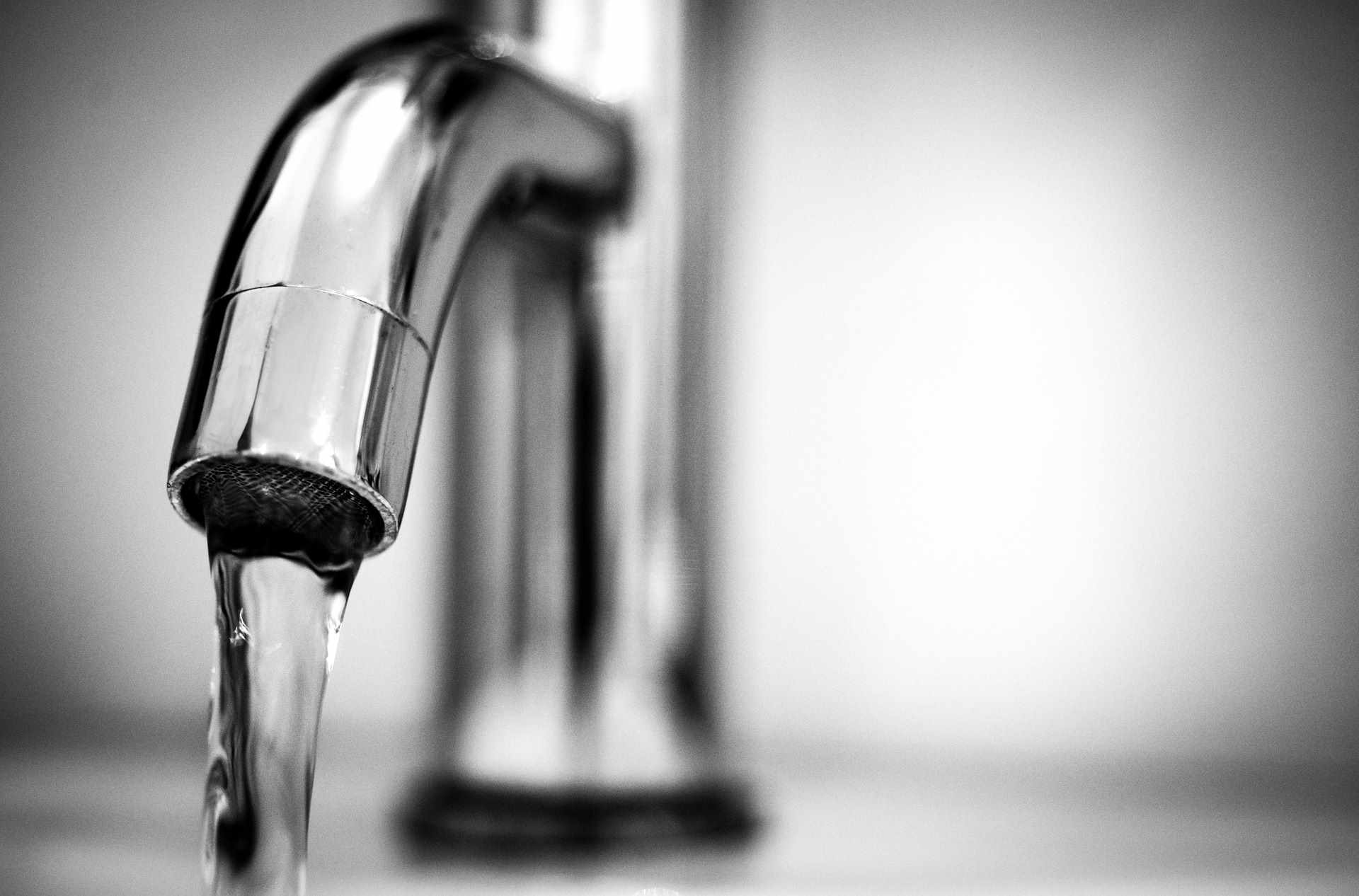Comparing filtration technologies: RO UV and carbon explained
Choosing between reverse osmosis (RO), ultraviolet (UV) and activated carbon involves matching treatment goals to the quality of incoming water. This article explains how each technology addresses different contaminants, why membranes and adsorption behave differently, and how sediment, minerals, installation and maintenance influence long-term performance and efficiency. Clear comparisons help you decide which approach or combination fits local water characteristics and household needs.

How does reverse osmosis membrane filtration work?
Reverse osmosis uses a semi-permeable membrane to separate dissolved solids from water. Under pressure, water molecules pass through the membrane while larger ions and many contaminants—such as salts, heavy metals and some organics—are retained. RO systems are effective at lowering total dissolved solids (TDS) and can significantly reduce contaminants that other filters cannot. Because the membrane removes minerals too, RO-treated water may be lower in calcium and magnesium. Pretreatment with sediment and carbon filters protects the membrane by removing particulates and chlorine, extending membrane life and maintaining filtration efficiency.
What does UV treatment remove from water?
Ultraviolet (UV) disinfection inactivates microorganisms by damaging DNA or RNA, preventing bacteria, viruses and protozoa from reproducing. UV systems do not physically remove particles, metals, chemicals or dissolved minerals; their primary role is microbiological safety. For reliable performance, UV requires clear water with low turbidity and limited organics—so pre-filtration for sediment and carbon is common. UV lamps need regular replacement and system testing to confirm lamp intensity and dose. Certification and periodic microbial testing are useful steps to validate ongoing effectiveness.
How do carbon filters handle sediment and chemicals?
Activated carbon filters work by adsorption: organic molecules, chlorine, some pesticides and solvents bind to the carbon surface, improving taste and odor. Carbon is effective for many chemical contaminants and for trapping certain particulates when combined with a sediment prefilter. However, carbon does not remove dissolved salts, many heavy metals at low concentrations, or inactivate microbes reliably. Over time carbon beds saturate and require scheduled replacement; without maintenance they can become less efficient or even promote microbial growth. Combining carbon with sediment and disinfection steps addresses broader contaminant profiles.
How does combination filtration affect minerals and taste?
Combining technologies—such as carbon prefilters with an RO membrane and a final polishing stage—can produce very low-contaminant water. RO typically strips out most dissolved minerals, which can alter taste and reduce mineral content. Some systems include a remineralization stage or blending to reintroduce beneficial minerals and improve flavor. Carbon alone can retain desirable minerals while removing taste- and odor-causing chemicals. Consider local water composition and personal preference when weighing mineral retention versus maximum contaminant removal.
What are installation, certification, and testing considerations?
Proper installation influences performance: correct placement of sediment, carbon and RO components, secure plumbing connections and appropriate pressure are important. Look for products and components with recognized certification to standards such as NSF/ANSI for specific contaminant reduction claims and structural safety. After installation, periodic testing—TDS meters for RO, laboratory tests for specific contaminants, and microbiological checks for systems involving UV—helps confirm that filtration is working as intended. Use local services or qualified installers familiar with building codes and system sizing for reliable results.
What maintenance and efficiency steps keep filters working?
Regular maintenance is essential: replace sediment and carbon cartridges on recommended schedules, change UV lamps per manufacturer guidance, and monitor RO membranes for fouling. Sediment pre-filters protect downstream components; neglecting them reduces membrane life and efficiency. RO systems produce a reject stream—be aware of water usage and check if low-waste or permeate-recovery options are available. Keep records of replacements, perform periodic testing, and follow certification guidance to balance long-term efficiency and consistent contaminant reduction.
This article is for informational purposes only and should not be considered medical advice. Please consult a qualified healthcare professional for personalized guidance and treatment.
In summary, RO, UV and carbon technologies each address different aspects of water quality: RO targets dissolved solids and many chemical contaminants, UV focuses on microbiological safety, and carbon improves taste and removes many organic chemicals and chlorine. Combining methods often yields broader protection, while installation, certification, testing and maintenance determine real-world performance and efficiency.




